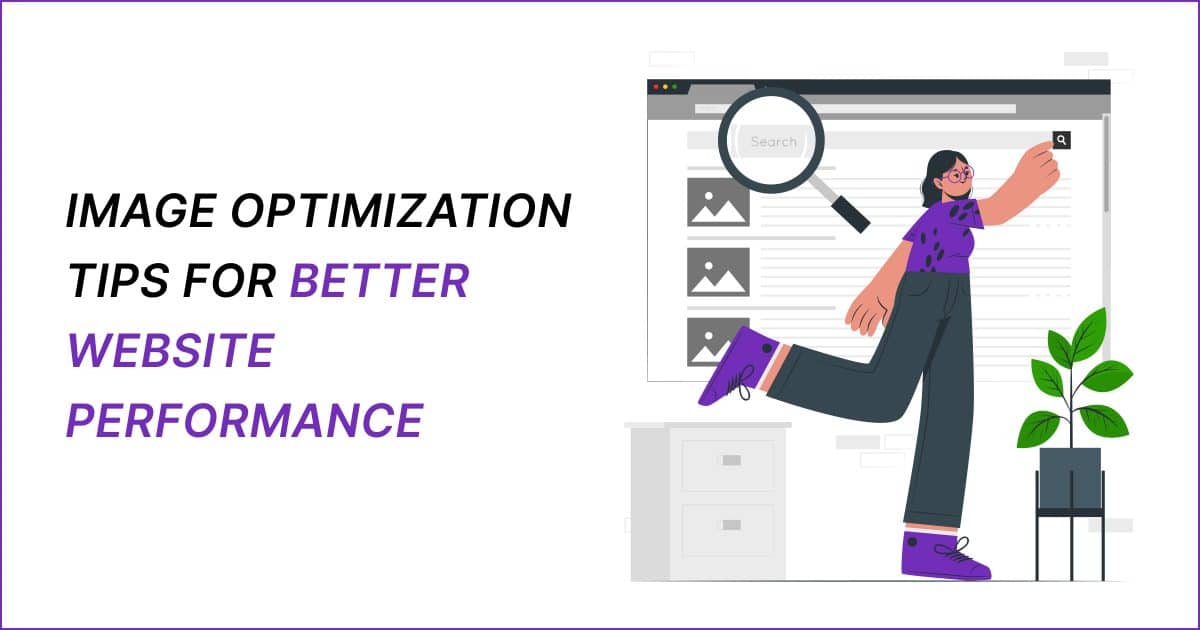corporate headshots
In Australia’s fast-paced digital landscape, users demand lightning-fast website experiences, so optimizing every aspect of your online presence is paramount. Among the key factors that significantly impact website performance, images play a vital role.
However, if not properly optimized, images can become a major downside, slowing down your website and frustrating your visitors. Here are some tips to help you optimize your images for performance.
Picking the right file format
Picking the right file format is a crucial aspect of image optimization that directly impacts website performance. Each file format has its strengths and weaknesses, making it essential to choose wisely based on the specific needs of your images.
JPEG is the most common format for photographs and complex images, offering a good balance between image quality and file size compression. PNG is ideal for graphics, logos, and images with transparent backgrounds, preserving high image quality at the cost of larger file sizes.
For simple graphics and icons, the GIF format is perfectly good, providing animation support but limited colour depth. Newer formats can offer even more advanced compression algorithms, reducing file sizes without compromising image performance.
By understanding the strengths and optimal use cases of each file format, you can ensure efficient image optimization.
Adjusting images to website dimensions
Adjusting images to website dimensions is a critical step in optimizing their performance and ensuring a seamless user experience. It involves resizing and cropping images to fit the specific dimensions required by your website’s layout. By tailoring images to the appropriate size, you can minimize the file size and reduce the time it takes for them to load.
It’s important to strike a balance between image dimensions and visual quality, ensuring that the images remain clear and crisp without being unnecessarily large. Modern content management systems and graphic editing tools offer convenient features for resizing and cropping images, enabling you to precisely tailor them to fit your website’s design.
Compressing images
Compressing images is a vital technique in image optimization that significantly improves website performance. Image compression reduces the file size of images without compromising their visual quality.
This process involves eliminating unnecessary data and redundancies in the image file, resulting in smaller file sizes that can be loaded more quickly by users.
There are two primary types of image compression: lossy and lossless. Lossy compression selectively discards some image data, achieving higher levels of compression but with a slight loss in quality.
Framer Motion is an excellent tool for creating smooth animations and transitions in web development, enhancing user experience without sacrificing image quality.
Lossless compression, on the other hand, reduces file size without sacrificing image quality, making it ideal for images where preserving every detail is crucial.
Using adaptive images
Adaptive images dynamically adjust their dimensions and file sizes based on the user’s device, delivering an optimal viewing experience without sacrificing visual quality.
This approach ensures that images are neither too large for mobile devices, causing slow loading times, nor too small for high-resolution screens. By implementing adaptive image techniques, such as responsive design, websites can seamlessly serve appropriately sized images to each user.
For example, if you’re uploading professional corporate headshots in Melbourne, adaptive images can efficiently deliver images that maintain clarity and detail on both desktop and mobile devices.
This provides a consistent and professional representation of team members across various platforms. This adaptability not only improves website performance but also contributes to a visually pleasing and cohesive user experience.
Creating proper image tags, also known as alt tags or alt attributes, is an essential aspect of image optimization that improves website accessibility and search engine visibility. Image tags provide descriptive text that conveys the content and purpose of an image to users who may have visual impairments or are using assistive technologies.
Search engines rely on alt tags to understand and index images accurately, which can positively impact your website’s SEO. When creating image tags, it is important to be descriptive, concise, and relevant to the image’s context.
Use keywords strategically, but avoid keyword stuffing. Consider the purpose of the image and provide alternative text that effectively communicates its meaning. By including proper image tags, you ensure that all users, regardless of their visual abilities, can understand and engage with the content.
Conclusion
Mastering the art of image optimization is crucial for improving website performance and delivering exceptional user experiences. By implementing the tips and best practices we’ve covered, you can strike a perfect balance between visual appeal and fast-loading times.
Optimized images not only enhance website performance by reducing load times but also contribute to improved SEO and overall user satisfaction. As you embark on your journey to optimize your website’s images, remember that constant monitoring and optimization are key.


